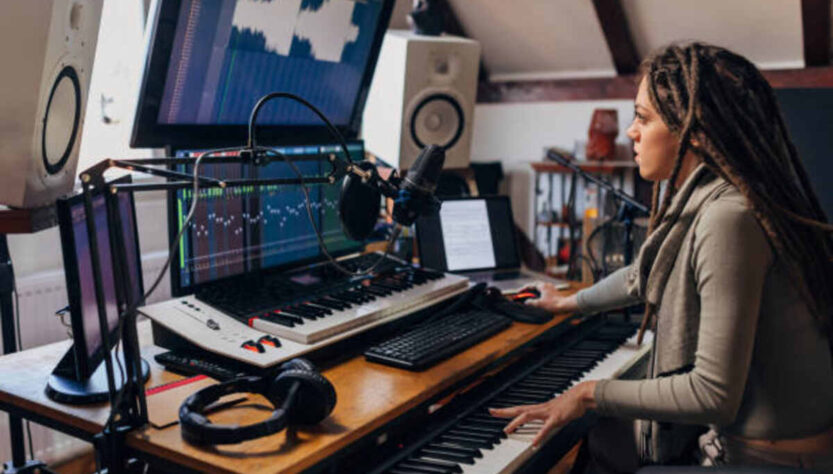Video editing is more than just arranging clips; it’s an art form that allows storytellers to weave narratives, evoke emotions, and captivate audiences. This article delves into the artistry of sequencing, exploring how deliberate choices in arranging shots, pacing, and transitions contribute to the creation of compelling and impactful videos.
I. The Importance of Sequencing in Storytelling:
Sequencing is the backbone of visual storytelling. This section highlights the crucial role of sequencing in shaping the narrative flow and emotional resonance of a video. Whether it’s a short film, documentary, or promotional content, the way shots are arranged can profoundly influence the viewer’s experience and engagement.
II. Establishing a Visual Rhythm:
Creating a captivating video requires establishing a visual rhythm that keeps the audience engaged. This part explores how editors can use pacing, shot durations, and rhythmic editing techniques to develop a flow that complements the mood and tone of the narrative. A well-crafted visual rhythm enhances the overall viewing experience.
III. Crafting Seamless Transitions:
Transitions are the bridges that connect one shot to the next. This section delves into the art of crafting seamless transitions that maintain the continuity of the narrative. From classic cuts to creative transitions like dissolves, wipes, and match cuts, editors can employ a variety of techniques to transition between shots with finesse.
IV. The Emotional Impact of Shot Composition:
The way shots are composed contributes to the emotional impact of a video. This part explores how editors can use shot composition to evoke specific emotions in the audience. From framing characters to choosing angles that heighten tension or convey intimacy, intentional shot composition adds layers of meaning to the visual storytelling process.
V. Symbolism and Visual Metaphors:
Beyond the literal depiction of scenes, editors can introduce symbolism and visual metaphors to enhance storytelling. This section discusses how incorporating symbolic elements into the sequencing of shots adds depth and layers of interpretation to the narrative. Visual metaphors can subtly convey themes, emotions, or character arcs.
VI. Dynamic Montages: Elevating the Viewing Experience:
Montages are powerful sequences that condense time and convey a wealth of information. This part explores the creation of dynamic montages, showcasing a series of shots that tell a narrative arc or capture the essence of a concept. Whether it’s a training montage or a visual journey, dynamic montages elevate the viewing experience.
Conclusion:
Video editing, at its core, is an art of storytelling through sequence and rhythm. By understanding the importance of sequencing, establishing a visual rhythm, crafting seamless transitions, leveraging shot composition for emotional impact, incorporating symbolism, and creating dynamic montages, editors can elevate their craft to new heights. The artistry of sequencing goes beyond technical proficiency; it is about infusing videos with meaning, emotion, and a narrative flow that resonates with audiences. Through thoughtful and intentional sequencing, editors can transform videos into immersive and unforgettable visual experiences.
Read also: Cash Advance Apps That Work With Varo
